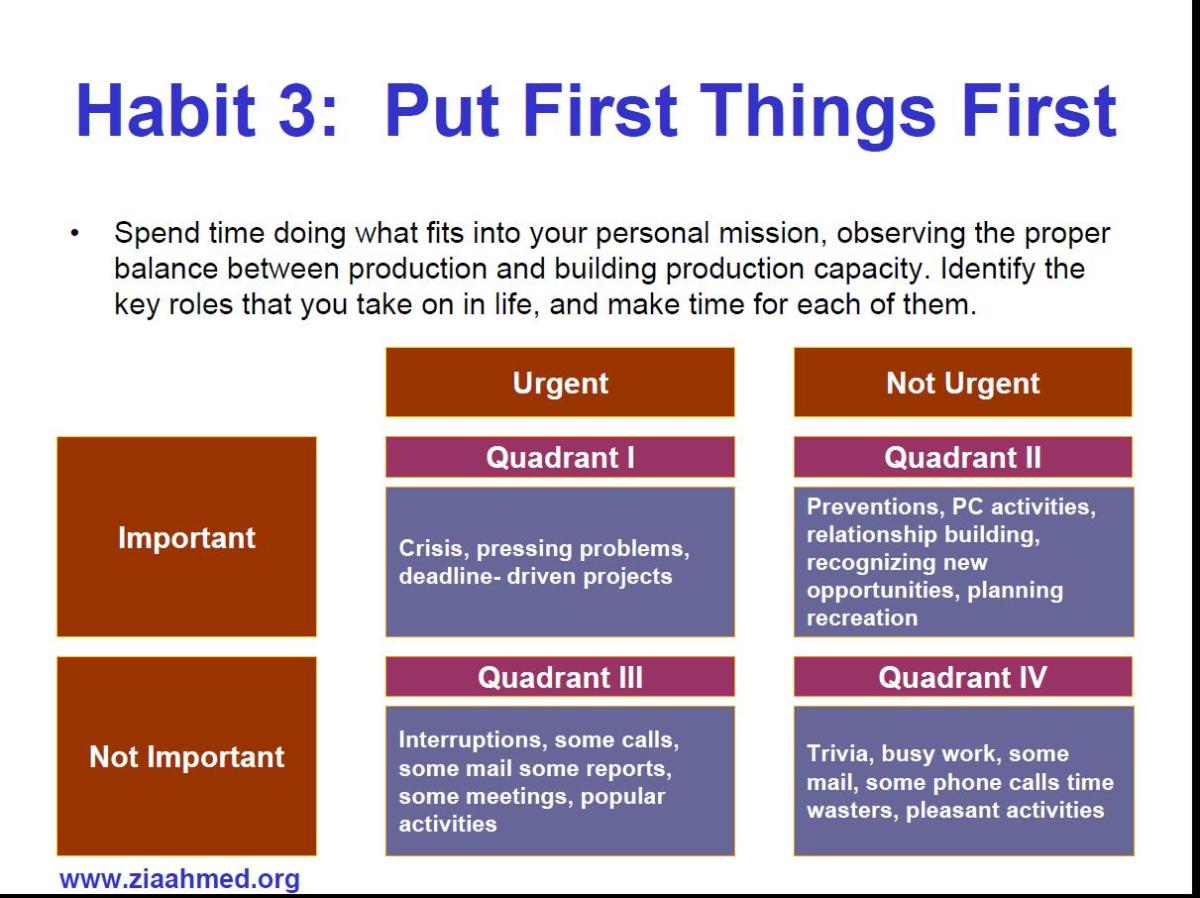organization change in healthcare
Introduction
“All the Health care organizations are under increased pressure to improve care and reduce costs care,” says Alec Bobroff, vice president of global marketing/software solutions for Heamonetics, after acquiring blood bank software vendor Global Med Technologies. “The organizations have to examine their supply chains for opportunities to improve efficiencies, in this light Blood collection and supply is no exception,” (Schneider, 2006).
Advantages of the heamonetics
The successful installation and implementation of the heamonetics at the UCHL has s helped the organization to get integrated, scalable blood bank systems.” The success of this change initiative is the reduction of the workload of the staff at the blood bank by automating whole processes. “Automation of the blood bank laboratory is one of the hottest trends right now,” says Michael Graver, Applications specialist for Psyche Systems. “The blood bank has been one of the last holdouts in the ever-increasing trend toward automation.”
The staff at the blood bank has also been able to interface with the automated blood bank solutions using the Ortho’s Prevue automated blood bank instrument.“Having an automated instrument interface in blood bank has many benefits; it helps ensure positive identification of the patient’s sample, greatly reduces the risk of data-entry errors, and saves precious time for the laboratory staff.”
The automation has also helped in tests such as Chagas disease; the machine selects such disease and order for each unit based on the configurable criteria of UCHL, that instrument has automated the patient specific orders for blood transfusion through the hospital interface application. “This will allow hospital center staff to place an order in their hospital information system and, through automation; the order will appear in our BBCS Primary Application,”
The equipment has also enabled the trained specialist to concentrate more on problems, decision making and even in consultations, it also automates the positive patient’s identification at the collection point and performs an electronic cross-match. Electronic cross match saves critical time while checking and confirming blood compatibility, which is done just before transfusion. It also drives productivity the equipment has also increased the level of communication with the blood banks donors by automating alerts about blood drives and when donors are eligible to donate and then elect
Objectives of health improvement systems
The objectives of the change initiative was to improve the overall quality ,effectiveness and even the efficiency of the infrastructure in the organization in away that might sustain and help in advancing the public heath program and service delivery in the hospital (Klein, Conn & Sorra, 2001). It was also the objective of the hospital management to catalyze any system reform and help in integrating systems those categorical systems could not do alone.
To improve the process of networking, coordination and standardization while ensuring the cross sector corporation between both the public sector and the private healthcares providers to realize cost effective and efficient health service. The machine provides the anticipated economies of scale in the region by the sharing of resources and quick delivery of services. The dispensing device with the capacity to store 150 units of Red Blood Cells and quickly issue products on demand and accelerate the rate of delivery of the white blood cell whenever need be with a lead time of not more then 20 seconds (Lord, R. 2005).
To have people who are interested in collectively collaborating the improvement of the public heath system. To identify clearly some of the ROI and build cost saving links with the local people in the health care system. Help in adopting and analysis of the existing data systems to maximize and prioritize the resources of the university hospital.
To adopt, evaluated and implement the best or promising practices in the healthcare performance management while doing a collaborative work a cross the jurisdiction, and empower the management with leadership development between the public healthcare and workforce of the entire UCHL and to systematically increase the performance capacity of the organization and the entire UCHL fraternity.
Performance Management –this is done to increase the capacity of health departments to evaluate and improve in a routine manner the effectiveness of the organization. The general practices in the organization, their partnerships and programs that are geared toward the optimal use of resources of UCHL Policy and Workforce Development-this aimed at in increasing the capacity of the organization to use public health law as a tool that will work to their advantage while delivering the blood from the blood bank. (Klein, & Sorra, 2001).
The New Imperative
Organizational Change Management
The rate of the organizational change has been on the increase in the past number of years, as is said by the gurus of change management “… everything in this world is dynamic but the only things that never change is change. “ The improvement in the level of technological advances has been so alarming that the only thing that has not been known to change is the change itself, these dramatic changes have been known to drive the organizational processes and systems that most of the organizations are grappling to cope up with the changes in the technology (Lord, R. 2005). The overall rate of change ha been attributed ti\o the presence of the information superhighway-the internet, has made it possible to get information from any part of the world without having to travel. The fester the access to knowledge the faster change changes. The original international market barriers have been broken.
Despite the permanence of the organizational change most of the initiatives geared towards change has failed some without reaching the implementation stage for example the situation at UCHL was even worsened by the following factors.
1. There was no change champion in the organization
2. There was poor sponsorships of the change initiative and lack of support from the senior management
3. Lack of project management skill that involves carrying out a feasibility study
4. Lack of diversified opinions as hope all lied on one dimension
5. There was political interference, infringing, and management egomaniac
6. Poorly defined goals and objectives in the
7. Change team had other interests so they diverted their attentions to other interest
Most of the failed change initiatives in the organization lead to loss of morale amongst the employees of the organization; this usually makes any subsequent change initiative a very difficult task to implements. The only thing that causes anxiety among the managements of any organization is the fear of failure that why most managers are finding it hard to implement changes in their organizations. The uncertainties that are associated with most change strategies are highly probable to be overlooked at any one time (Lord, R. 2005).
Understanding the organizations and further matching the initiatives of the organization with the overlap organizational goals id \s the first step at making any change strategy successful. However, it is also recommended that the success of any organizational change strategy mainly rely on the ability to change other people’s behavior in certain desirable ways. Lack of technical expertise is not the main thing that impede success in any change strategy, the main factors that affect the success of change are skills like leadership skills and other managerial skills like prioritizing visioning, providing timely feedback, rewarding success and planning (Klein, & Sorra, 2001).
Change Management Principles
The methods of adopting changes always arouses the reactions of various groups of publics for example the patients, the managements of the university hospital and the general workers of the organization. Adopting a tested approach to the change regime has been realized to display integrity and engender the openness and trust of the change initiative team, this has a domino effect on everybody in the organization and if well handled might see the change regime through the hard times and contribute to the success of the organization.
ACTIVITY
HOW
Sponsorship
The change program has the visible support of key decision-makers throughout the organization and resources are committed to the program.
Planning
Planning is conducted methodically before program is implemented and committed to writing. Discussion of plan done with major stakeholders and objectives, resources, roles and risks clarified
Measurement
Program objectives stated in measurable terms and program progress is monitored and communicated to major stakeholders
Engagement
Stakeholders are engaged in genuine two-way dialogue in an atmosphere of openness, mutual respect, and trust.
Support structures
Program implementers and change recipients given the resources and supporting systems they require during and after change implementation.
Structured Approach to Change Management Process.
Process that is always adopted to manage organizational changes especially in the healthcare is almost the basic one but it becoming little more complicated when it involves the adoption of scientific instruments, like hem safe. However, it is imperative to realize that change once developed should be understood and adopted the best way possible and a structured approach to implementing and managing the change initiative adopted to plan and deliver real organizational benefits (Klein, & Sorra, 2001).
Structured Approach
Create tension
Articulate why change needs to happen and why it needs to happen within the planned timeframe.
Harness support
Get on board the key decision-makers, resource holders and those impacted by the change.
Articulate goals
Define in specific and measurable terms the desired organizational outcomes.
Nominate roles
Assign responsibility to specific individuals for the various tasks and outcomes.
Grow capability
Build organizational systems and people competencies necessary for affecting the change.
Entrench changes
Institutionalize the change to make it “the way we do things around here”.
Source; Infosys
Key Areas for Managing Change
Any organization set to adopt and implement change initiative should recognize and manage the change stakeholders, the recognition of change stakeholders must include everyone who has an interest in the change initiative process and is most likely to be affected by the outcome of the change initiatives proposed.
for example at UCLH, all stakeholders are known to carry with them an amalgam of various reactions to proposed changes .there are competing interest at play and more often the change stakeholders act to further their own ambitions, influences and survival tactics. .
The most hurting part is that most of the stakeholders tend to have political maneuverings in the guise of impartial and more often rational judgments to retain the support of the change stakeholders (Klein, & Sorra, 2001). It is advisable to know how to get the major change stakeholders on board and retain their support throughout the entire lifespan of the change initiative.
Some the essential and much more important activity is the setting up of clear goals by the change initiates .the objectives of the change programs should be well spelt out and clearly defined .the goals set are expected to engage all the stakeholders and if possible commit them to the project proposed. Setting goals also helps in the focusing of efforts to the right place they are expected as the priorities are set right and provision of the right yardstick for measuring the performance and the progress of the organization.
The key to success of any organization is the is the inclusion of the x-component (people)in the organizational performance, most organizational change initiatives in the healthcare are known to fail due to the fact that most of the roles and tasks proposed are not agreed on and clarified properly. Most organizations have poor performance culture whereby most executives have a tendency to hide away from their responsibility and a higher level of delegation of duties to the juniors. The change management gurus recommended that you know the key responsibilities and roles for bringing successful changes in the healthcare .the major key roles for change are:
Change Recipient, Change Driver, Change Enabler, and Change Implementer. It is also imperative to identify the executives in the healthcare who will be responsible for the each of the roles stated above. While training the change initiative team is also another invaluable procedure, most organizations never really realize the importance of the activity. Most of the employees sees this just like another corporate formality the massive resources spent on the projects not withstanding .In most organizations as soon as the training is concluded most of the employees resort to the traditional way of doing things (Guth &MacMillan, 2006)..it is in the light of the above stated points that we are expected to know how successful the organization is in utilizing the change program and if the organization is focusing on the behavior changes, do the manager fully support the change program and if so how?,
Despite the potential benefits of the training program, some of the stakeholders in the change initiative will resist change no matter how good the orientation program is. The management also advises that the change team should get training on the methods of handling objections from the change resistors while trying to identify the real reason for their resistance to the change regime. How does the organizations also prepare the people psychologically, and above all the organization should come up with a better strategy for overcoming the resistance to the changes in the organization especially in the implementation of anew blood bank (Lord, R. 2005).
Managing Change: Recommendations
The four key factors for success when implementing change within an organization are:
Pressure for change
The senior management supports is the most useful component in any change management process, consider the case of UCHL the senior management came to support the change management team and is believed this is the main thing that lead to the success of this project in the organization (Fleuren & Paulussen, 2004).
A clear, shared vision – the vision of the organization was shared by all the stake holders as the all came to own this project thereby making it a success and the installed equipment was therefore helpful to the stakeholders as well.
Capacity for change – the organization had capacity for change in terms of resources, they provided the required resources for the change system i.e. money, labour force, time and above all commitment. The change management regime at the university hospital planed, acted, checked and acted accordingly this was good for the process of the implementation of the
There must be a driving force, the need or gap for change must be identified, and the decision to be taken and the next thing was to communicate the plan to the whole organization. The Pressure for change may have come from the senior management or better still from the customers and the patients of the university hospital. It may also from the regulatory body of the hospital (Greenhalgh & Kyriakidou 2004). Most of the employees had lost faith in the management of the organization so the re was a total overhaul of the whole organizations management body and a replacement with a new management who came up with the change regime.
The previous management thrived in the exploitation of the stakeholders; after the effective implementation is maintained by the smooth running of the change system. The organizational goals are finally realized and the stakeholders got their required ROI (Lord, R. 2005).
Eisenhower said, “Leadership is getting others to do what you want them to do because they want to do it” the rest of the organization is bound to follow suit if the management of the organization are in line with the achievement of the overall goals of the organization. The only convincing thing to the rest of the organization is commitment of the top management
Success:
Success of any process is based on the many factors but the results are based mainly on the market profile, product quality, and the corporate reputation. While most of the sources of success are on the staff, it is advisable to ask the staff their vision for the company, form small focus groups, and finally pay them well (Lord, R. 2005).
Bibliography
Fleuren, M., Wiefferink, K., & Paulussen, T. (2004). Determinants of innovation within health care organizations.International Journal for Quality in Health Care, 16, 107–123.
Greenhalgh, T., Robert, G., McFarlane, F., Bate, P., & Kyriakidou, O. (2004). Diffusion of innovations in service organizations: Systematic review and recommendations.Milbank Quarterly, 82, 581–629.
Guth, W. D., & MacMillan, I. C. (2006). Strategy implementation versus middle management self-interest. Strategic Management Journal, 17, 313–327.
House, R., & Aditya, R. (1997). The social scientific study of leadership: Quo vadis? Journal of Management, 23, 409–473.
James, L., Demaree, R., & Wolf, G. (2004). Estimating within-group interrater reliability with and without response bias. Journal of Applied Psychology, 69, 85–98.
Klein, K. J., Conn, A. B., & Sorra, J. S. (2001). Implementing computerized technology: An organizational analysis. Journal of Applied Psychology, 86, 811–824.
Lee, S., & Alexander, J. (2009). Consequences of organization change in U.S. hospitals. Medical Care Research and Review, 56, 227–276.
Lemieux-Charles, L., & McGuire, W. (2006). What do we know about health care team effectiveness? A review of the literature. Medical Care Research and Review, 63, 263– 300.
Lord, R. (2005). An information processing approach to social perception, leadership, and behavior in organizations. Research in Organizational Behavior, 7, 87–128.
Maritan, C. A., & Brush, T. H. (2003). Heterogeneity and transferring practices: Implementing flow manufacturing in multiple plants. Strategic Management Journal, 24, 945–959.
Markoczy, L. (2001). Consensus formation during strategic change. Strategic Management Journal, 22, 1013–1031.
Meindl, J. R., & Ehrlich, S. B. (1987). The romance of leadership and the evaluation of organizational performance. Academy of Management Journal, 30, 91–109.
O’Reilly, C., & Caldwell, D. (1985). The impact of normative social influence on task perceptions and attitudes: A social information processing approach. Journal of Occupational Psychology, 58, 1–14.
O’Reilly, C., & Chatman, J. (1996). Culture as social control: Corporations, cults, and commitment. Research in Organizational Behavior, 17, 157–200.
Oreg, S. (2003). Resistance to change: Developing an individual difference measure. Journal of Applied Psychology, 88, 680–693.
Ray, G., Barney, J., & Muhanna, W. (2004). Capabilities, business processes and competitive advantage: Choosing the dependent variable in empirical tests of the resourcebased view. Strategic Management Journal, 25, 23–37.
Schneider, B., Brief, A. P., & Guzzo, R. A. (2006). Creating a climate and culture for sustainable organizational change. Organizational Dynamics, 24, 7–19.
Thomas, A. (1988). Does leadership make a difference to organizational performance. Administrative Science Quarterly, 33, 388–400.
Wooldridge, B., & Floyd, S. (1990). The strategy process, middle management involvement, and organizational performance. Strategic Management Journal, 11, 231–241.








